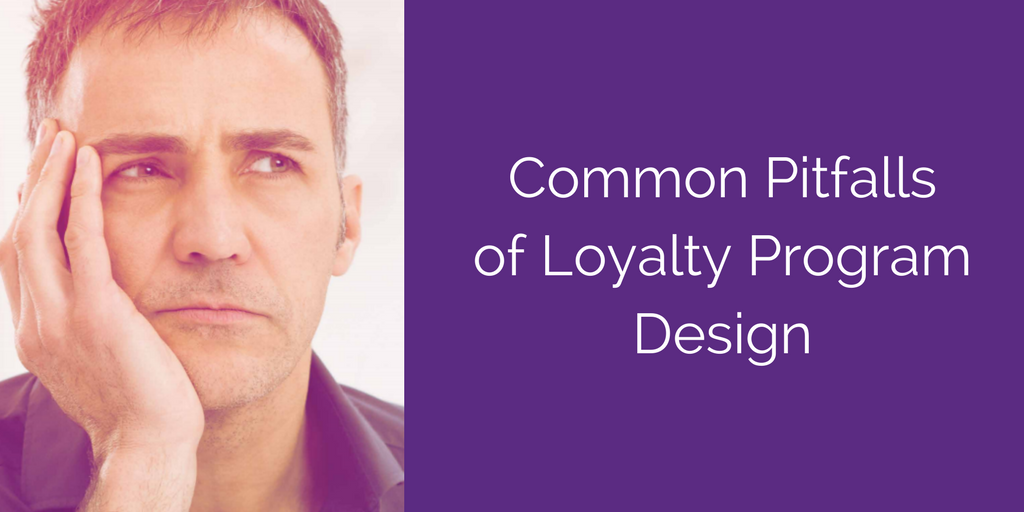Content Writer
Blog
During a recent retail co-branded credit card client engagement, it became clear to me that retail co-branded credit cards are generally behind their bank credit card counterparts when it comes to the utilization of digital channels for the purposes of securing new cardholders. It is time for retail co-branded credit cards to take notice and actively explore and utilize digital channels to extend their reach to where their potential cardholders reside. It is increasingly important to communicate and reach out to consumer cohorts differentially, as seen in Bond’s Loyalty Report 2019.
Over the last 3 years, loyalty programs have become an attractive target of digital fraudsters. In fact, it was reported that 48 percent of businesses were hit by account takeovers (ATO), which cost companies more than $2.3 billion worldwide. Delta, Air Miles, Marriott, and PC Optimum loyalty programs were all hit by fraud with thieves reportedly hacking into accounts, stealing points, and going on shopping sprees. As fraudsters become more sophisticated in their techniques, companies need to be more sophisticated in their approach to fraud prevention and detection.
As featured in Loyalty 360
Keep up with an innovative mobile loyalty strategy
Loyalty—it’s in your customers’ pockets and at their fingertips. Smart brands are acquiring, engaging, and retaining customers with a loyalty strategy that harnesses the simplicity and readily-adopted nature of mobile. Here are some ideas on how leverage new integrations in mobile technology to personalize and enrich your customers’ journey.
If there is one thing all businesses have in common, it’s the need to attract, engage, and keep customers coming back. Loyalty programs were born out of a need to do this when shop owners gave customers copper tokens that could be redeemed for products on future purchases. Rewards have evolved a lot since then and our more traditional view of rewards, including merchandise for consumer programs, emerged in the ’80s through printed catalogs (remember those?).
Fast-forward to today, when the breadth of loyalty rewards programs across numerous sectors includes vast online catalogs of merchandise, gift card rewards, cause-related redemptions, travel, payment with points, point transfers, and experiential rewards—all aimed at engendering customer loyalty. While the pursuit of rewards breadth can be enticing for loyalty marketers, breadth is not enough to drive customer engagement.
Back in 1997 when I began to lead a loyalty project for Shoppers Drug Mart with the code name “ASA” (an acronym for Acetylsalicylic acid), little did I know that 20 years later we would be witnessing the evolution of Canada’s favorite and most successful loyalty program. This past week’s announcement of the merger of these two iconic loyalty programs makes great business sense for the brands and their customers. The Shoppers Optimum program was originally tested in Kingston, Halifax and Calgary over a 16-month period. Towards the end of the pilot in 1999, approval was granted to launch the Shoppers Optimum Program nationally.
Loyalty Programs are critical to fostering effective Customer Engagement strategies for brands. They enable Customer acquisition, onboarding, engagement, retention, and even win back a brand’s Customers. Many strategic brand marketers have made their Loyalty Programs a key business imperative and have invested significant financial and human capital against this important endeavor. We often see many Loyalty Programs underperform or even fail because of poor Program design and planning. When designing or renovating your Loyalty Program, marketers should avoid:






.png)